Ready to launch your own podcast? Book a strategy call.
Frontlines.io | Where B2B Founders Talk GTM.
Strategic Communications Advisory For Visionary Founders
Conversation
Highlights
How Digs Achieved 41% Product Stickiness in the Tech-Resistant Construction Industry
The construction industry has long been considered a technological holdout, with countless startups failing to penetrate its traditional workflows. Yet in a recent episode of Category Visionaries, Ryan Fink revealed how Digs has managed to achieve remarkable product adoption, onboarding over 5,000 homes in their first year with a stickiness ratio that exceeds world-class benchmarks by nearly 3x.
The Genesis of Market Understanding
Before writing a single line of code, Digs took an unusually methodical approach to market research. “We interviewed 25 or more builders before writing even a single line of code, just to get like our prototype out in front of them, have them test it, use it, and then we would iterate,” Ryan explains. This commitment to understanding their market before building emerged from painful lessons learned in previous ventures.
The depth of research paid off in unexpected ways. While most construction software companies approach the market from a builder-first perspective, Digs identified an overlooked opportunity. “A lot of folks have looked at some of the builder pain points, specifically from the builder perspective, and have approached solving them from that viewpoint, where we had both a homeowner perspective and a builder perspective,” Ryan notes.
The Power of Strategic Focus
One of the most striking aspects of Digs’ strategy has been their unwavering focus on their core value proposition. “Digs is not a project management software,” Ryan emphasizes. “There’s great companies out there like builder trend who have really captured that part of the market… We’re focused on the client experience layer for pre-construction design, handoff and warranty.”
This laser focus required significant discipline, especially when facing customer requests for additional features. As Ryan explains, “It takes a village… It’s our EPD team, our engineering, product and design team, really making sure that we’re ingesting customer feedback and then doing the distillation process, making sure that we’re distilling it against who we are.”
Building a Relationship-Based GTM Strategy
Rather than pursuing broad market penetration, Digs developed a relationship-focused go-to-market approach. One of their first strategic decisions was making an early investment in marketing leadership. “One of our first hires was VP of marketing… and her mission was to come on from day one and help us create our go to market strategy and really deeply understand our core target audience,” Ryan shares.
This relationship-first approach extends to their marketing tactics. Rather than relying on traditional SaaS marketing playbooks, Digs focused on building authentic connections within the construction industry. The strategy has proved remarkably effective, with Ryan noting that “we’re seeing about 20% of our users are coming into Digs by just word of mouth referrals.”
Translating Value into Sales
Instead of selling abstract promises of efficiency, Digs focuses on concrete business outcomes. Ryan cites specific examples: “We have builders like Masarosa out of Oklahoma who he sold ten more homes this year because of Digs.” This approach to value demonstration has helped overcome the industry’s traditional resistance to new technology.
The sales strategy extends beyond individual builders to include strategic partnerships. Digs has positioned itself as a vital tool for builders’ recruitment efforts, particularly in attracting younger talent to the industry. This alignment with broader industry challenges has led to partnerships with influential figures like Mike Rowe, known for his advocacy of trades education.
Building for the Long Term
Digs’ vision extends beyond their current success. “In three to five years, we hope that every new home in the US is generating a digital twin for the homeowner,” Ryan shares. This ambitious goal is grounded in a clear understanding of industry evolution: “We have things today like Carfax for your car, but there’s nothing like home facts for your home.”
Their long-term strategy includes creating what Ryan calls “the API of the home,” where “brands that homeowners love, whether it’s a retail brand, furniture, et cetera, or products or services, can plug into the home and provide new experiences that we haven’t even imagined today.”
For B2B founders targeting traditional industries, Digs’ success offers several key insights:
- Deep market understanding must precede product development
- Strategic focus can be a competitive advantage, even when it means saying no to potential customers
- Relationship-based marketing can drive organic growth in traditional industries
- Concrete value demonstration beats abstract promises of efficiency
- Long-term vision should align with industry evolution while solving immediate pain points
The construction industry’s resistance to new technology may have less to do with inherent conservatism and more to do with how solutions are developed and presented. Digs’ success suggests that even the most traditional industries are open to innovation when it’s built on deep market understanding and delivered through trusted relationships.
Actionable
Takeaways
Utilize Emerging Technologies to Address Unmet Needs:
Ryan's ventures successfully leveraged emerging technologies like AR and computer vision early on, demonstrating the value of adopting innovative tools to solve practical problems before they become mainstream. For B2B tech founders, identifying and harnessing such technologies can create unique market opportunities.
Apply Lessons from Past Experiences to New Ventures:
Ryan emphasized learning from past mistakes and successes, particularly in how to manage scaling and internal communication. Founders should consciously apply these learnings to optimize operations in subsequent ventures, avoiding past pitfalls and reinforcing successful strategies.
Negotiate Strategic Exits with Transparency:
In discussing his company exits, Ryan highlighted the importance of transparency and strategic alignment during acquisition talks. For founders, maintaining an open and honest negotiation can facilitate smoother transitions and better outcomes for both the startup and the acquiring entity.
Build a Strong IP Portfolio as a Competitive Advantage:
Patents can serve as a critical asset, not only protecting technology but also adding value to partnerships with larger firms concerned about IP conflicts. Startups should consider developing a robust IP strategy to enhance their market position and attract potential partners.
Conduct Extensive Market Research Before Product Development:
Ryan's approach to building Digs involved significant market research to validate the concept before development commenced. This process can minimize risks and ensure the product meets actual market needs, which is crucial for tech startups aiming to disrupt traditional industries.





















